Requirements for certification
 Properties that meet requirements for certification will receive a sign designating the property as a certified wildlife sanctuary.
Properties that meet requirements for certification will receive a sign designating the property as a certified wildlife sanctuary.
Properties MUST meet the following standards to be eligible for certification
PROPERTY SIZE AND TYPE
SANCTUARY DETAILS
BASIC COMPONENTS OF A WILDLIFE HABITAT
SAFE WILDLIFE PRACTICES
(not all of the following need to be met to become certified. It is up to the discretion of our trained Avian Advocate volunteer to determine whether or not these practices are met/maintained and how that will affect certification)
PROPERTY SIZE AND TYPE
- Certified area must be at least 50 sq. ft. in size and may be no more than 3 acres.
- If you have a larger property (3+ acres), you may choose to certify a smaller section with the possibility of adding sections at a later date.
- For those interested in certifying a large property (3+ acres), please email our conservation program coordinator for more information process and pricing.
SANCTUARY DETAILS
- Monocultured turf grass (non-native lawn) makes up less than half of the sanctuary area.
- Non-native, invasive species, such as English ivy, bamboo, Chinese privet, and porcelain-berry, make up less than one quarter of the sanctuary area.
- Roughly half of the plants in the sanctuary area are native to Georgia.
- There are at least two of the following layers of plants: *
- ground-layer grasses or wildflowers (3 feet or less)
- shrub layer (taller than 3 feet)
- mid-story trees
- canopy trees (taller than 50 feet)
- There is no maintenance or feeding of outdoor cats on the property, including inside and/or outside of the designated sanctuary area (which may be a subset of the whole property). Properties that have or support outdoor cats are not eligible for certification.
BASIC COMPONENTS OF A WILDLIFE HABITAT
- Food Sources - at least four of the following are provided: Hummingbird feeder, bird feeder , suet feeder, native nectar plant, native nut-producing plant, native seed-producing plant, native fruit- or berry-producing plant, untreated/disturbed leaf litter area, native host plant.
- Water Source - at least one of the following is provided: Bird bath, pond or lake, river, stream, or spring.
- Shelter (Cover and Nesting) - at least four of the following are provided: Rock pile/wall, log/brush pile, bird house, nest platform, roost box, dense shrubbery, thicket/vine tangle, meadow, evergreen tree/large shrub, tree cavity, mature tree, or tree snag/dead tree.
SAFE WILDLIFE PRACTICES
(not all of the following need to be met to become certified. It is up to the discretion of our trained Avian Advocate volunteer to determine whether or not these practices are met/maintained and how that will affect certification)
- Bird-collision prevention features on windows vulnerable to birds
- Bird feeders cleaned regularly
- Minimal outdoor lighting
- Little to no pesticide use (insecticide, herbicide, fungicide, etc.)
- Limited leaf blowers/mowers (this can kill the insects wildlife and plants need)
- Feeders placed less than 3 feet or over 30 feet away from large glass panes
Once you have reviewed the property guidelines and have purchased a Birds Georgia Membership, you may sign up below. After signing up, you will receive an immediate confirmation email that will include a link to an application that you must fill out to provide us with more details about your property. We look forward to adding your property to our network of certified wildlife sanctuaries!
If you have questions about the requirements or your applications, please email the conservation program coordinator.
If you do not meet the above requirements, are unsure, or are just getting started on your sanctuary, please explore the resources page to learn more and get you started on your sanctuary journey.
If you do not meet the above requirements, are unsure, or are just getting started on your sanctuary, please explore the resources page to learn more and get you started on your sanctuary journey.


